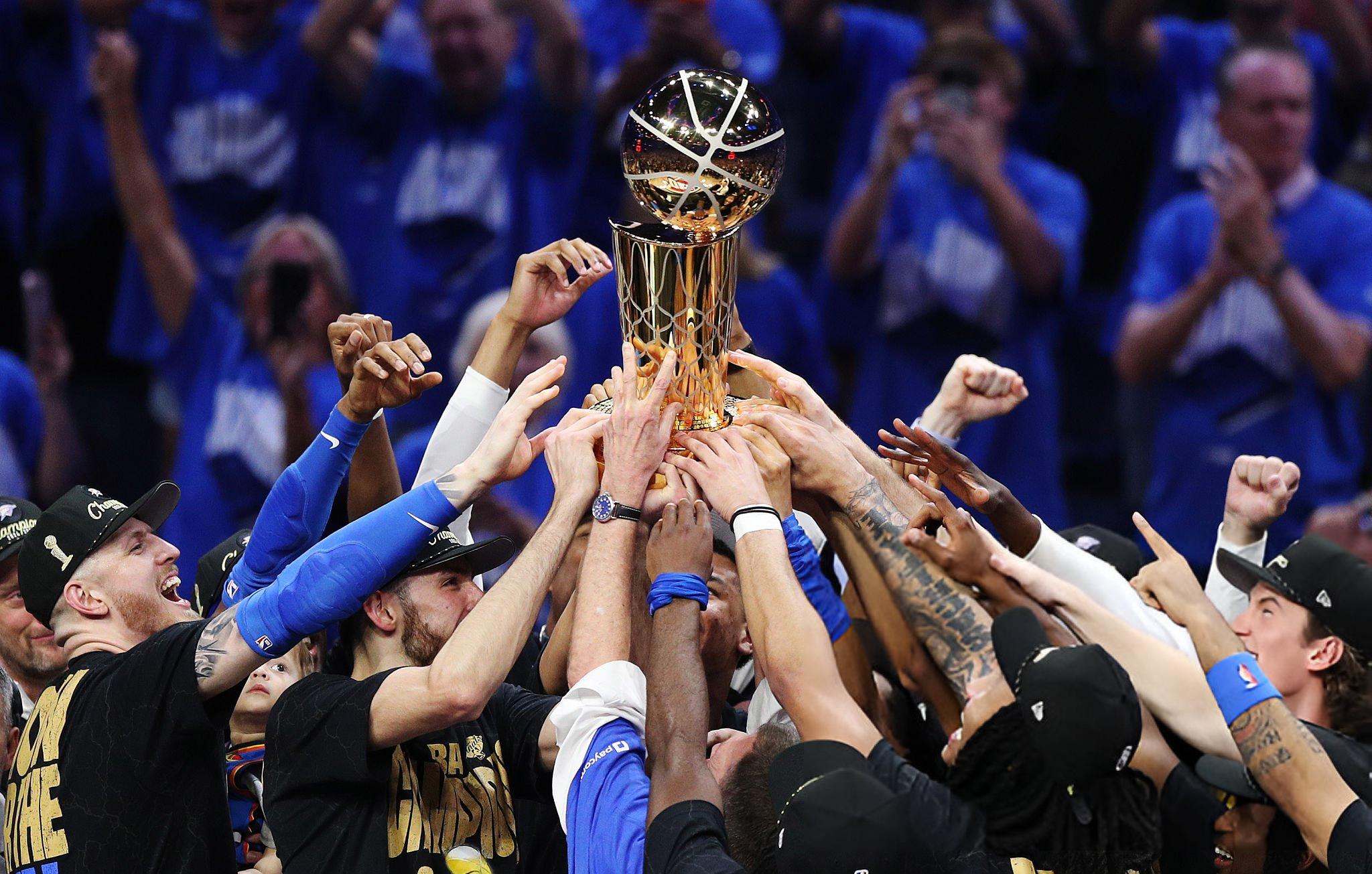
It is a rarity in NBA history to see a franchise shun headline-grabbing trades, focus on patience, and still capture a championship on its first real run. The Oklahoma City Thunder are that exception: a youthful core built through the draft and refined by unconventional coaching ideas surged from a rebuilding afterthought to a league powerhouse in just five seasons. This piece breaks down how an emphasis on player development, roster depth, and defensive discipline transformed an ambitious project into championship gold.
The Presti-Style Reboot
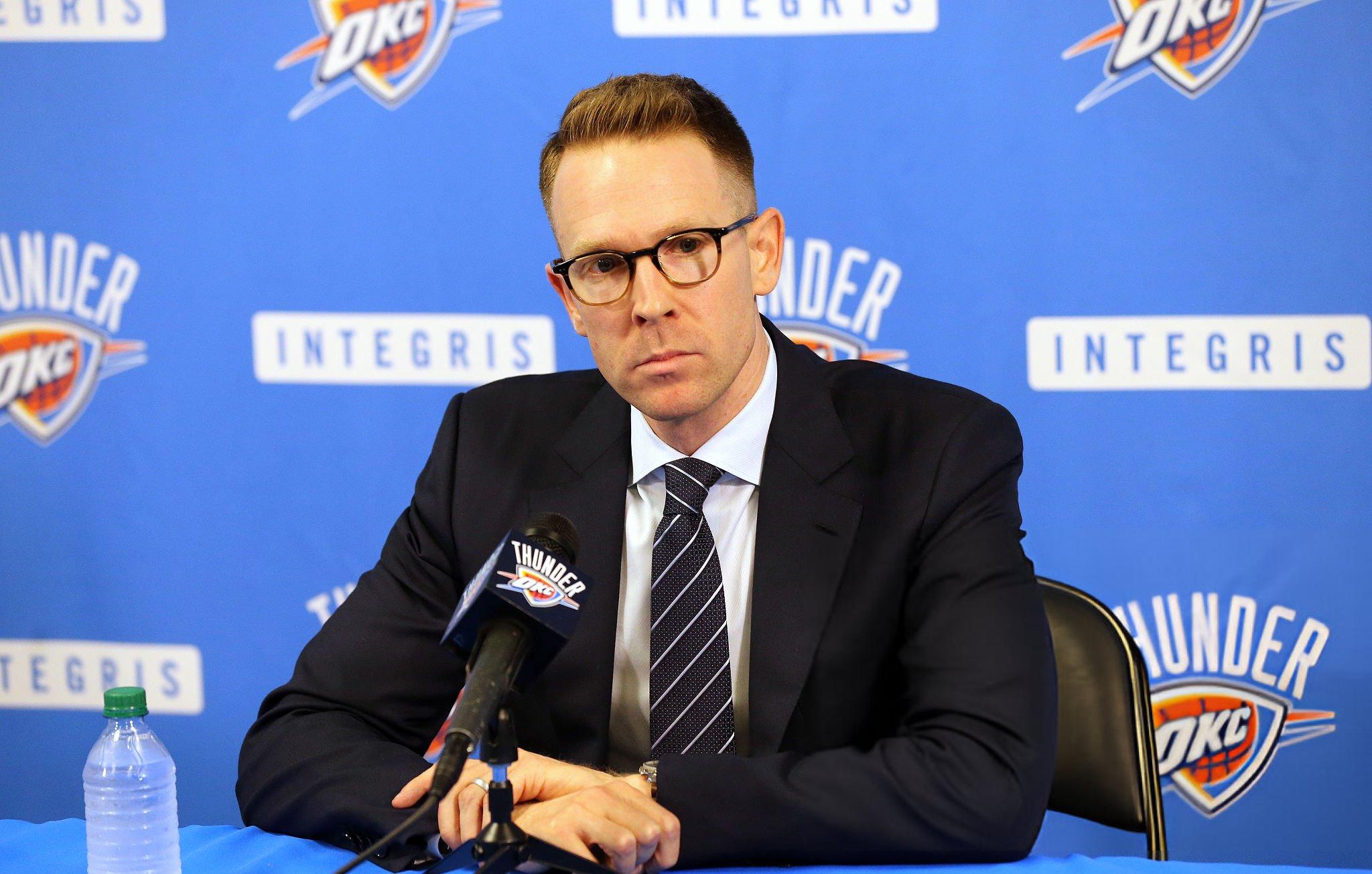
Eight years ago, when Sam Presti dismantled the last remnant of the Durant–Westbrook era, fans wondered whether they would ever see the Thunder in the Finals again. The general manager chose the painstaking route of stockpiling draft picks and investing in development, resisting the lure of instant “star” trades. The result is one of the fastest and most thorough rebuilds in league history: the title is already in the bag, and the franchise still owns enough assets for two—maybe three—more championship runs. Presti now enjoys the reputation of an architect of a long-term dynasty, not just a single team.
Young Steel: Daigneault’s Philosophy
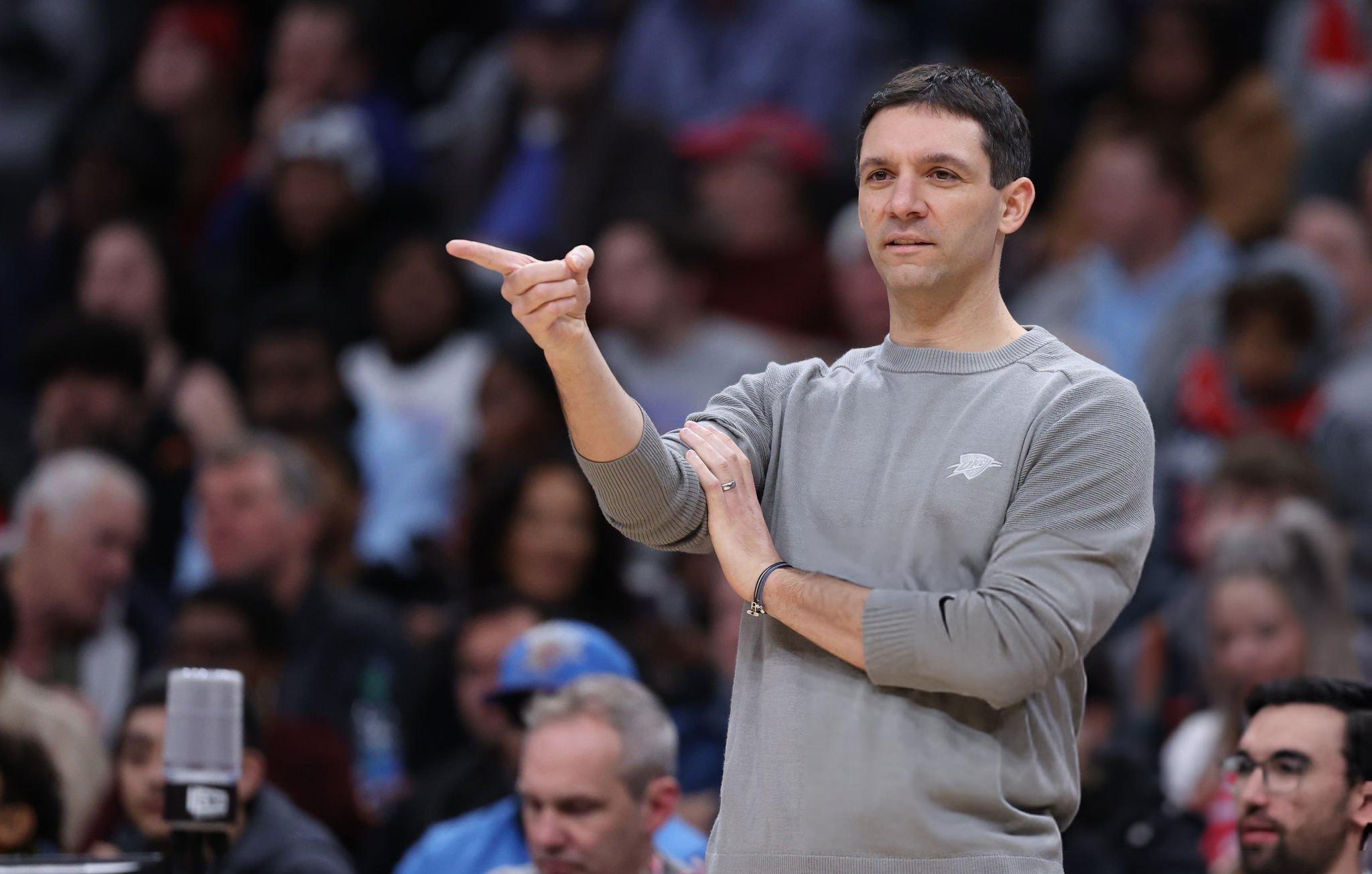
Mark Daigneault took over the club at age 35 and, in just five seasons, turned a fragile sapling into an armored train. His defensive scheme—aggressive hedges and switches on almost every screen—challenged the popular myth that “nobody defends in today’s NBA.” By funneling perimeter pressure through the guard-dog tandem of Lu Dort and Alex Caruso, the coach forced opponents to play on edge every possession. Sixty-eight regular-season wins confirmed that collective discipline matters more than any name stitched on a jersey.
Canadian Conductor: Shai’s Evolution
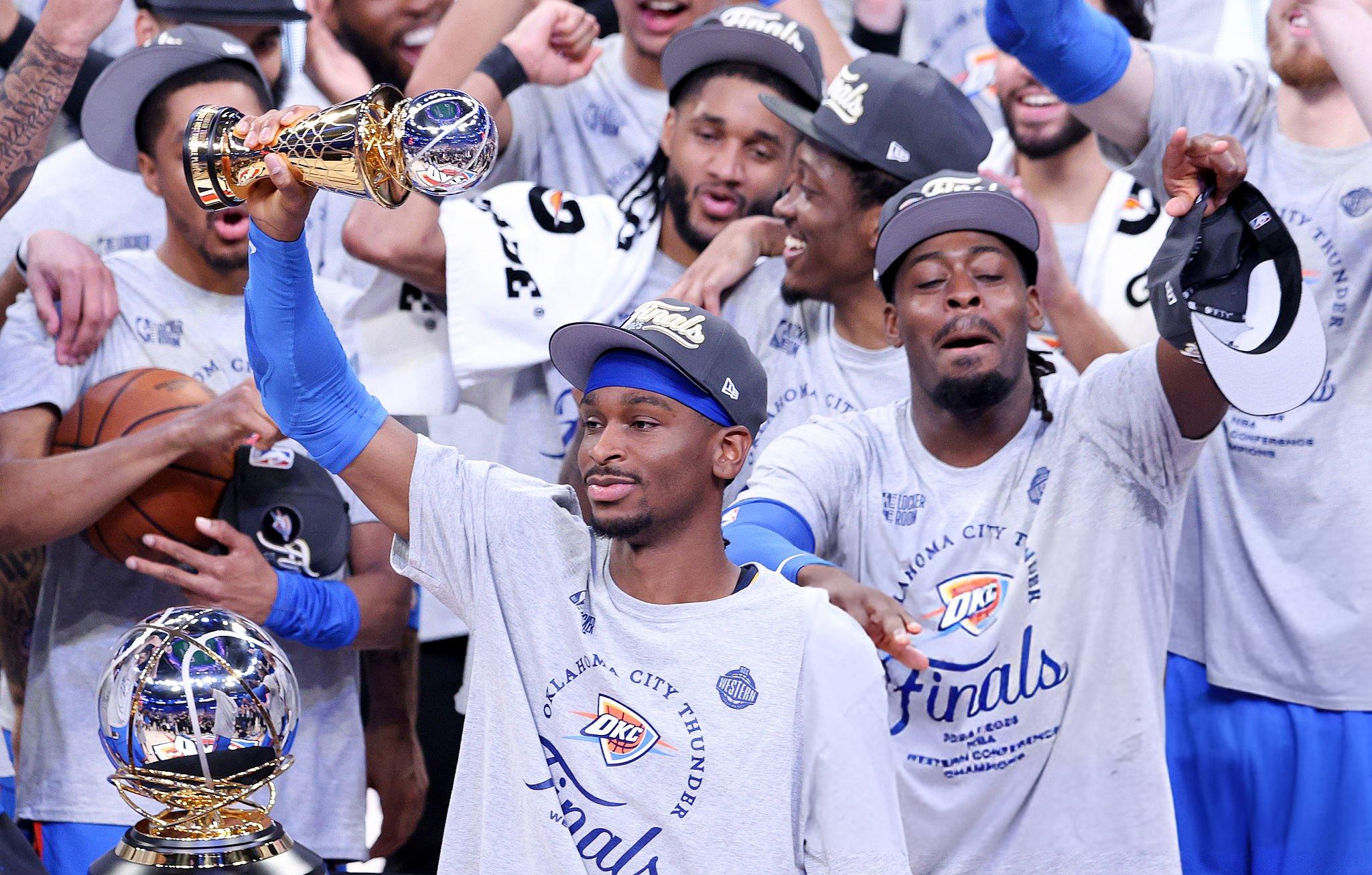
Shai Gilgeous-Alexander declared during the Clippers trade that he wanted to become the franchise’s face. This season he not only captured the MVP award and a championship ring in one sweep, he proved the mid-range jumper is alive and well. SGA averaged 31 points per game, finished among the league leaders in paint drives, and remained the epitome of composure. No scandals, no “lost-so-I’m-mad” episodes—just work and endless post-game euro-step reps along the sideline.
Second Fiddle With a Soloist’s Voice: Jalen Williams
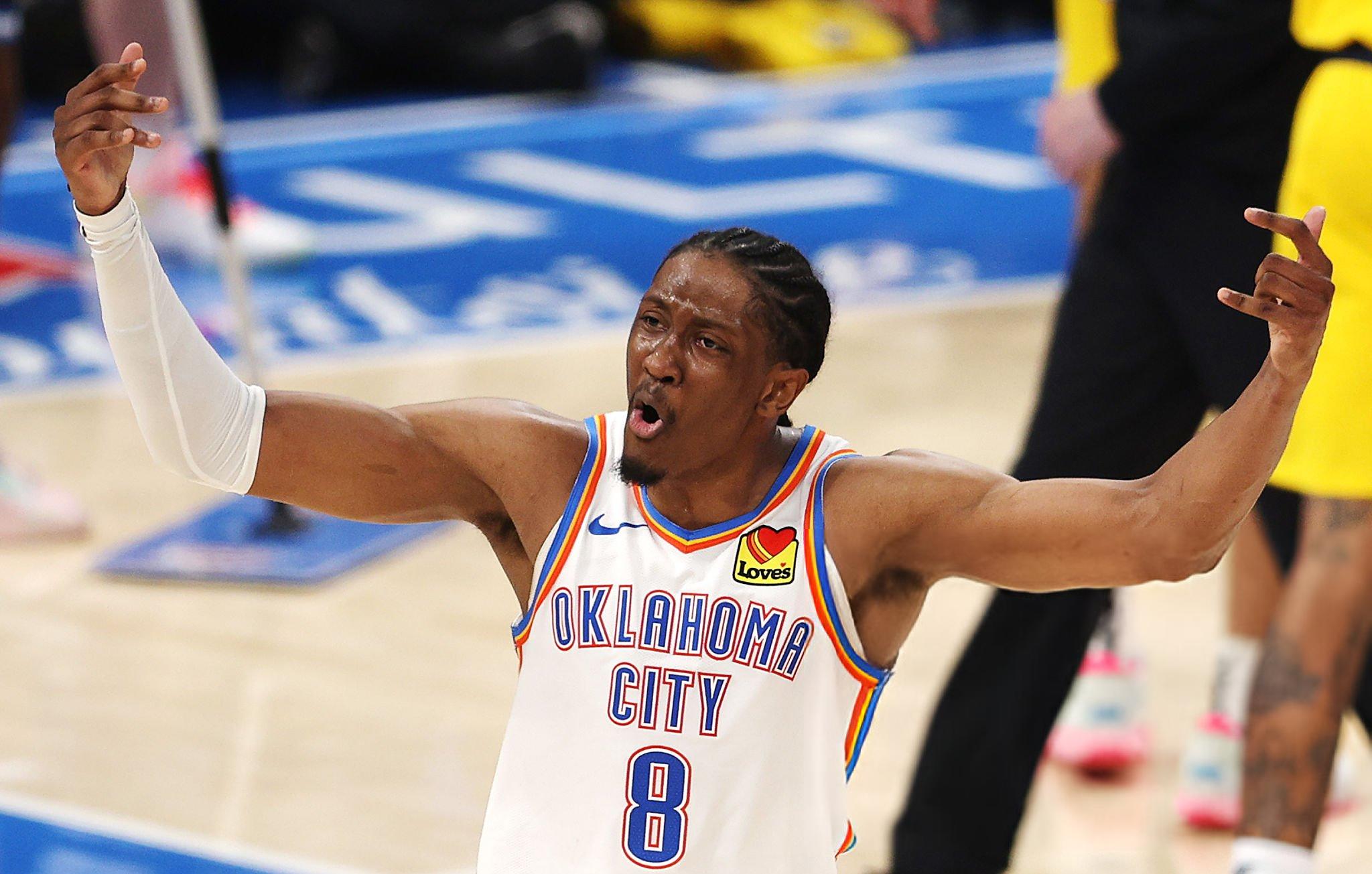
In his second professional season, Jalen transformed from a talented guard-forward into a nightmare for every defense. He can set a screen for the center, sprint to the corner for a three, and finish an alley-oop with a dunk—all in one possession. His 40-point performance in Game 5 of the Finals was the culmination of a year-long question: Could he shoulder the load if Shai had an off night? Yes—more than enough.
Long Arms and Thin Bones: Chet Holmgren Changes Perception
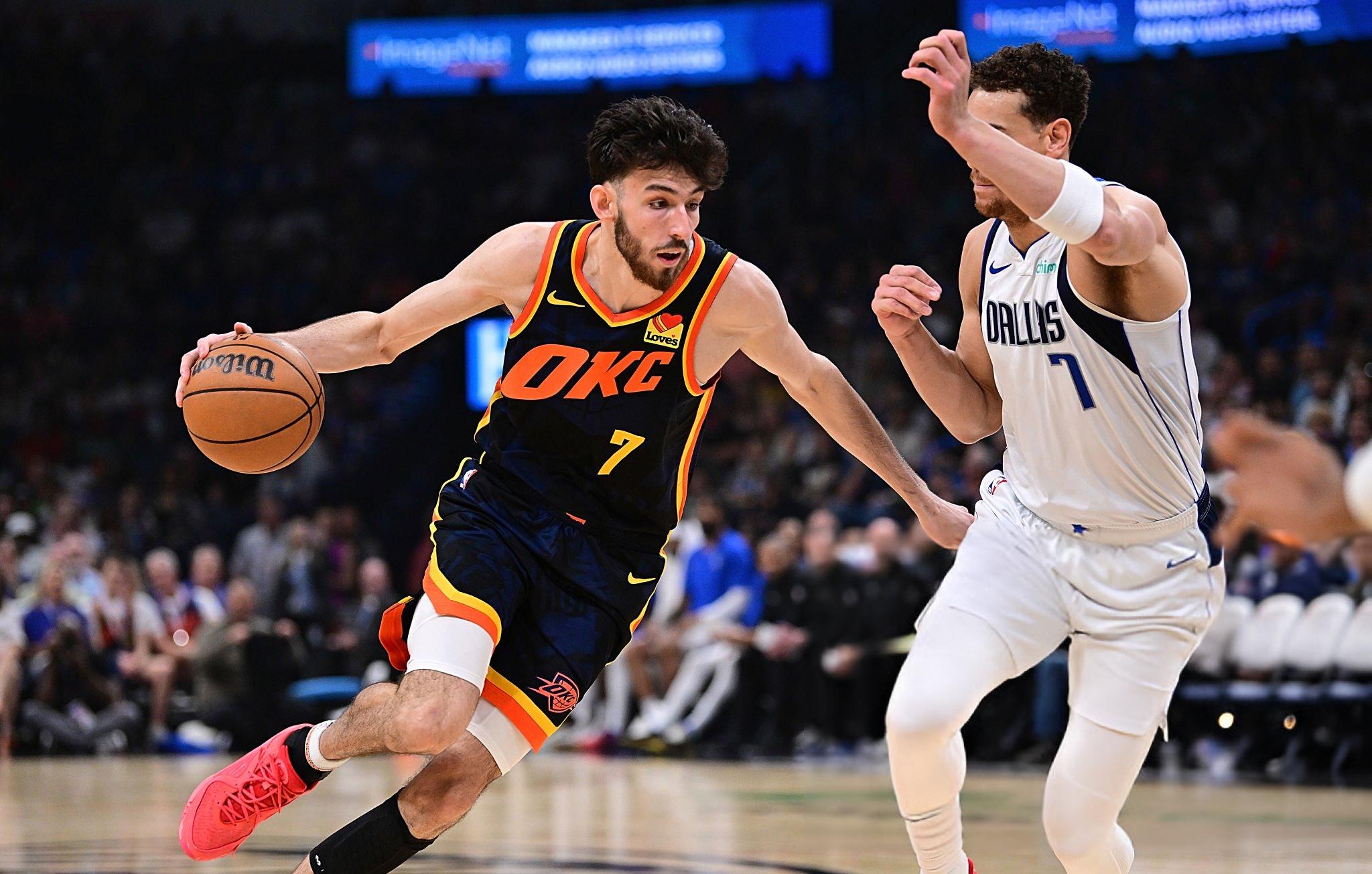
From draft night on, critics labeled Holmgren “made of glass.” Yet by the playoffs the two-year “rookie” (he missed Year 1 with injury) had added 22 pounds of muscle, learned weak-side rotations, and evolved into a mobile help-side tower. His three-point range dragged opposing bigs to the arc, carving lanes for teammates. Averaging 3.2 blocks per game in the Finals, he finally silenced the doubters.
Lu Dort: The Eternal Guard
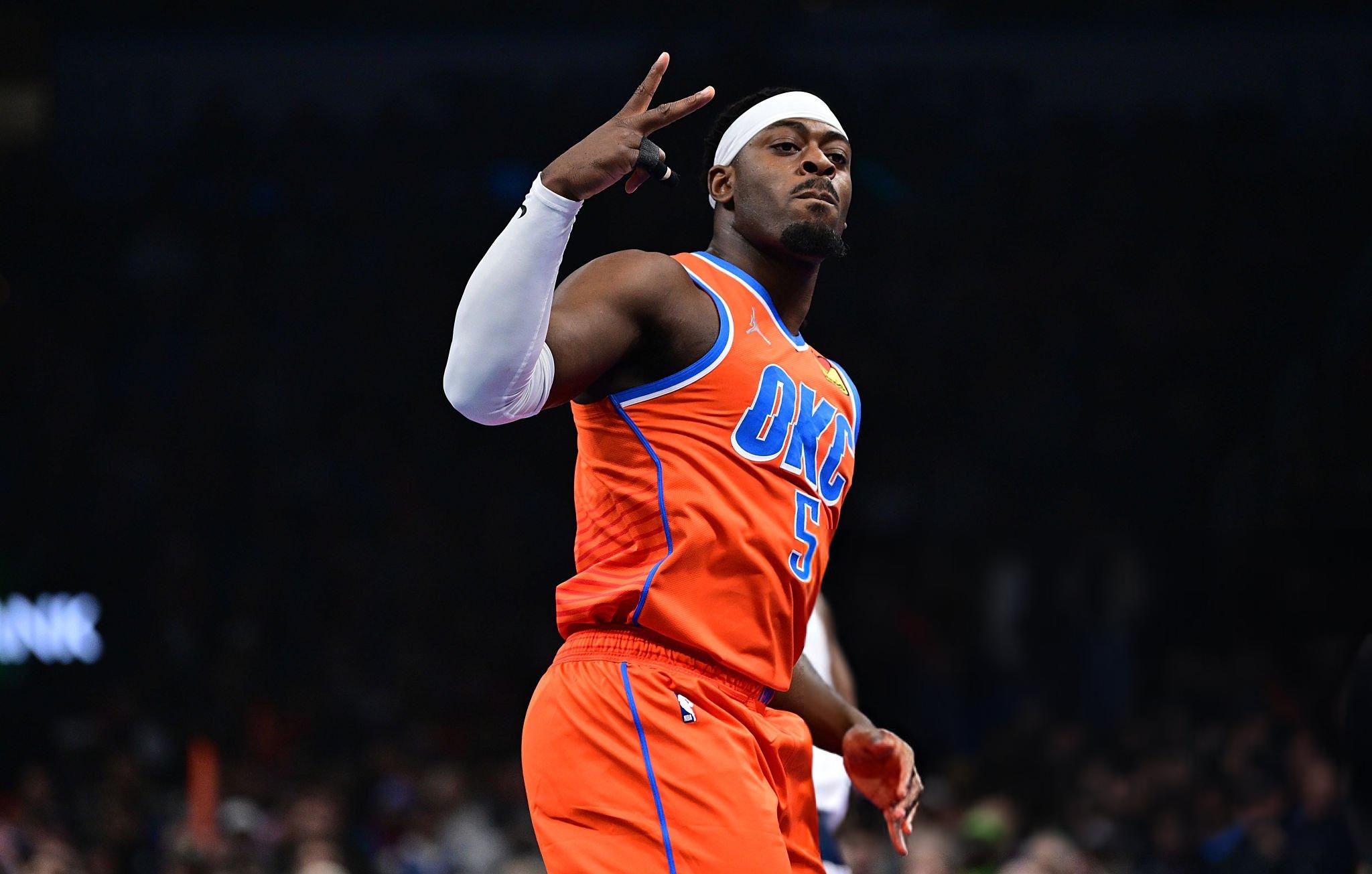
In hockey they would call him an enforcer; in basketball he is an elite defensive wing. Possession after possession, Dort neutralized opposing scorers with his frame and exceptionally low center of gravity. In October, opponents happily doubled SGA and left Dort wide-open; by June, every three-pointer he took felt like a rescue mission: 43% accuracy in the Finals forced scouts to rewrite their reports.
Supporting Arsenal: When Everyone Matters
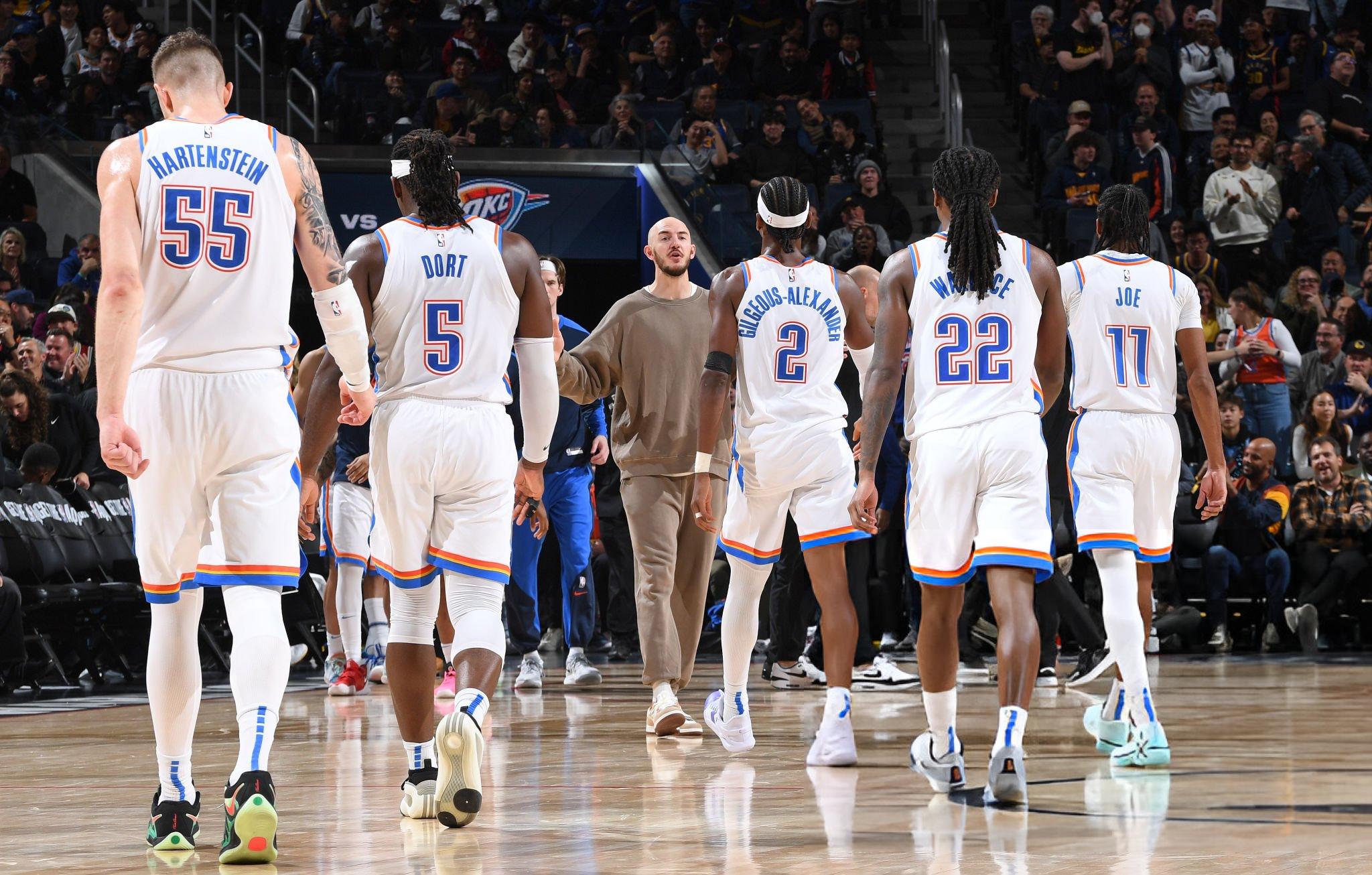
- Isaiah Hartenstein — the master of big and small things: rebounds, screens, hand-offs, and a hard sprint to the paint. His pairing with Holmgren evoked old-school “twin-tower” lineups, but in a modern, flexible wrapper.
- Alex Caruso — a champion with the 2020 Lakers, he again proved that athleticism without motor makes only half a player. His steals out of trapping pressure forced bad decisions within the first second of a possession.
- Cason Wallace — a “Swiss Army knife” who can contribute off the bench at three positions and, in the Finals, started at shooting guard for extra speed and pressure.
- Jaylin Williams, Kenrich Williams, Isaiah Joe, and Aaron Wiggins form a second unit that could win half its regular-season games against a middling West team. Depth became the hidden trump card: fresh legs in late playoff minutes gave the Thunder a razor-thin but decisive edge.
Coaching Staff: The Invisible Gears
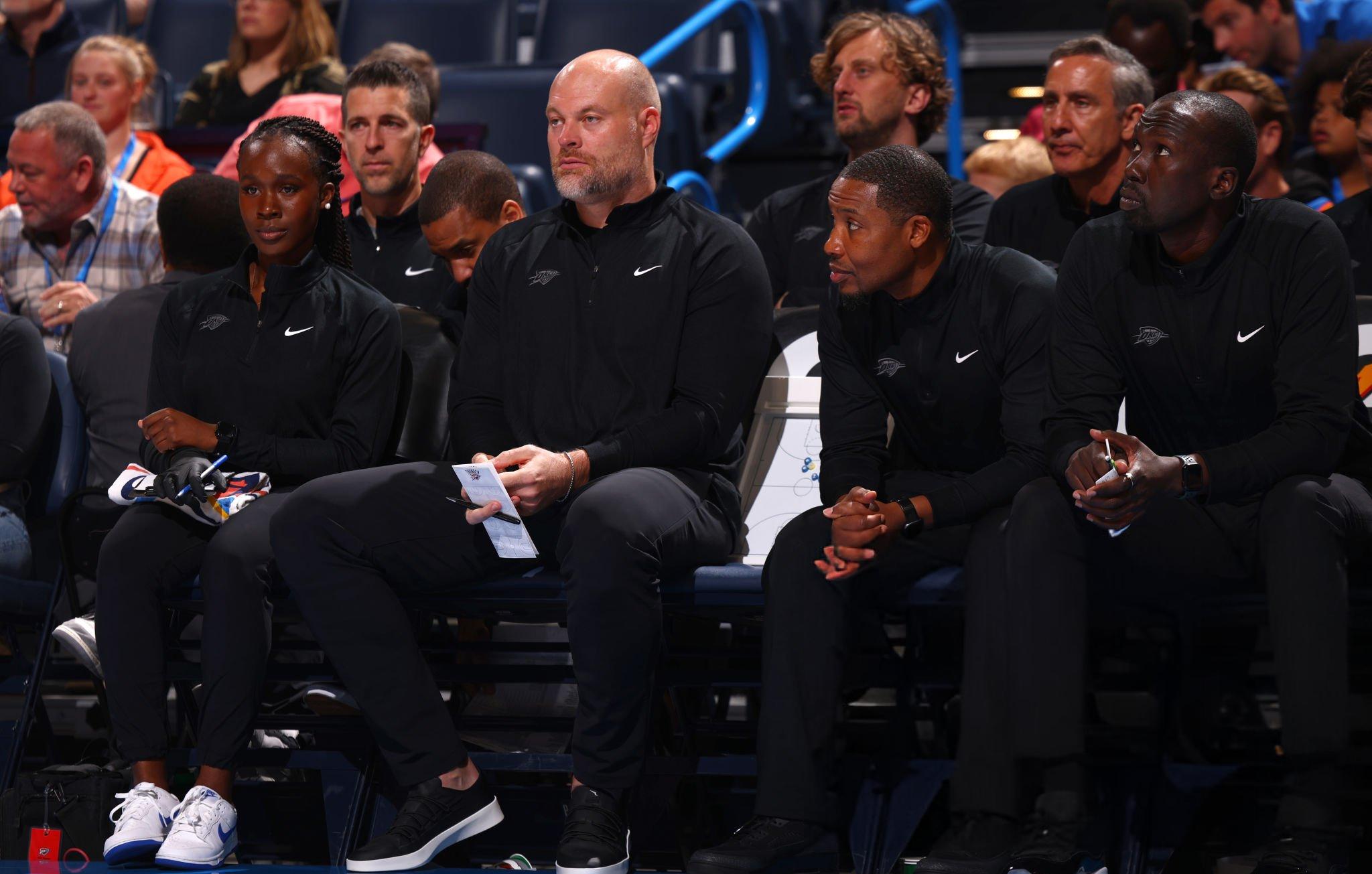
- Dave Bliss — the development coordinator; under his guidance SGA lifted his three-point percentage from 35 to 41, and Chet refined his defensive footwork.
- David Akinyooye — the youth specialist who translates the language of analytics into drills players can feel on the floor.
- Mike Wilks — an undrafted former guard who turned his own dreamer’s path into a manual on how to earn minutes—even if you’re the 58th pick.
Culture Over Hype
What the crowd sees on the hardwood is only the tip of the iceberg. Inside the organization, the mantra is “growth through trust”: a young player makes a mistake and stays on the floor to correct it; a veteran praises the rookie publicly and critiques him privately; the front office gives the coaching staff time instead of a daily hot seat. In five seasons that atmosphere became a competitive edge: free agents now call their agents, asking whether there’s space under the tax apron in Oklahoma City.
Tactics of the Championship Surge
In the playoffs the Thunder smothered opponents with a “five-forward clamp,” where the quartet of Gilgeous-Alexander, Dort, Jalen, and Caruso switched every screen while Holmgren protected the rim. Offensively they lived by the “0.5-second” rule—catch the ball, decide in half a second: shoot, drive, or pass. That tempo left even elite defenses like Minnesota’s and Boston’s—regular Finals visitors in recent years—gasping.
Trial Season, Playoff Exam
The regular season let the coach test 12 defensive schemes and eight offensive sets, including a double “rooster” screen-the-screener and a false horns delay that freed SGA for isolation. By early April the roster had a package for every style, and throughout each series the team shifted seamlessly from early-clock transition to half-court chess.
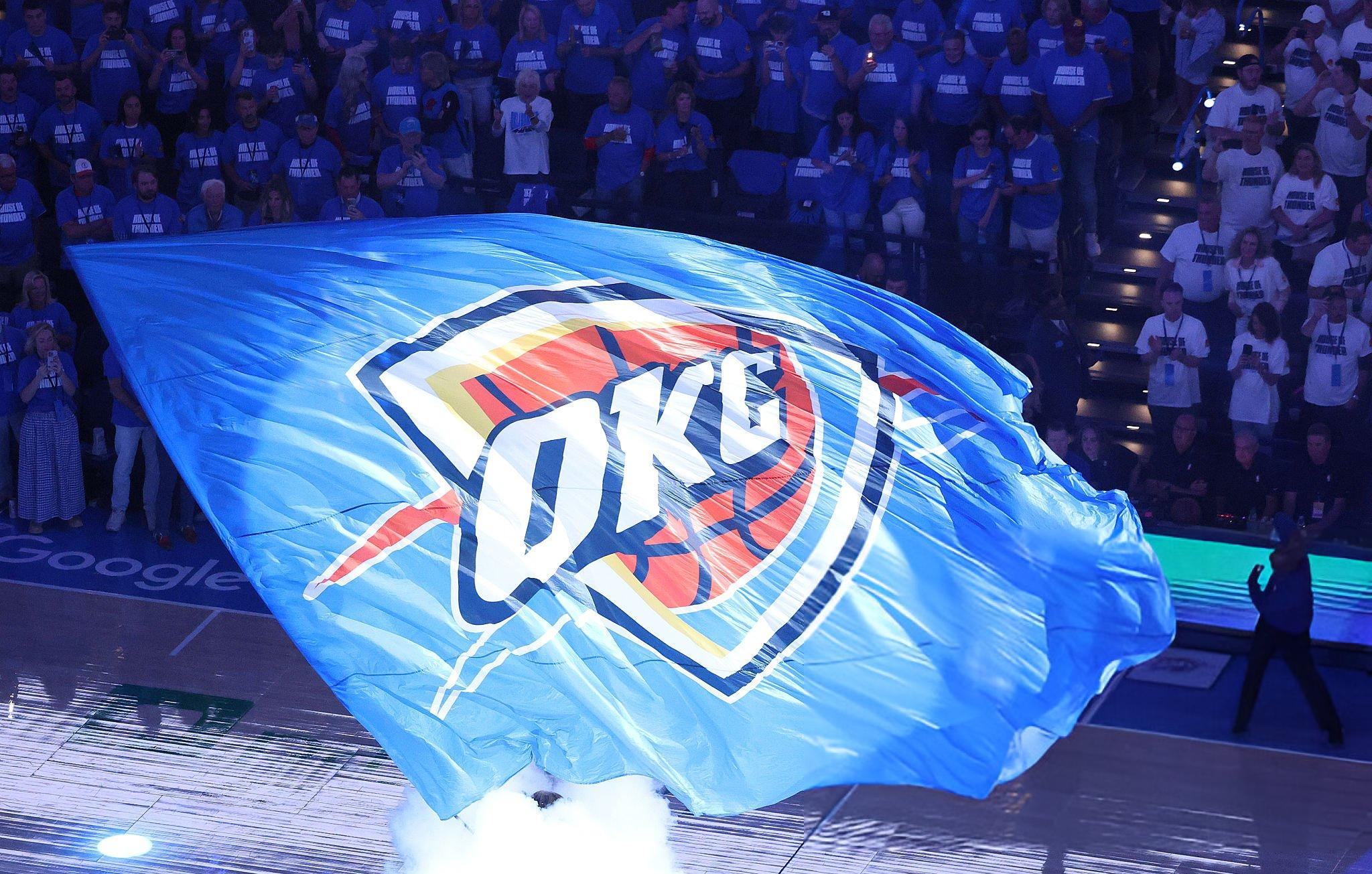
What’s Next?
The Thunder still hold 11 first-round picks over the next four years and boast the league’s second-lowest average age among core players (24.1). Their star contracts are staggered, so the salary cap is far from bursting. A couple of surgical upgrades could make Oklahoma the first true challenger to the word “dynasty” since the ’90s Bulls.
Afterword
The 2025 ring is not a quest for hype but a manifesto of systematic approach: scouting, development, trust, and clear tactical thought. The Thunder have shown that in an era of super-teams and wild trades it is still possible to win a championship largely with homegrown youngsters—so long as you give them time to grow. If rivals fail to learn that lesson, the storm over the Great Plains may linger for a very long time.
